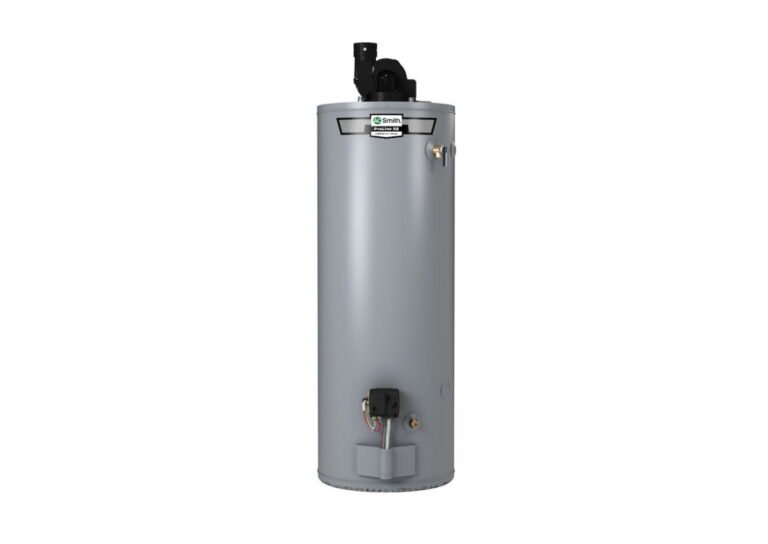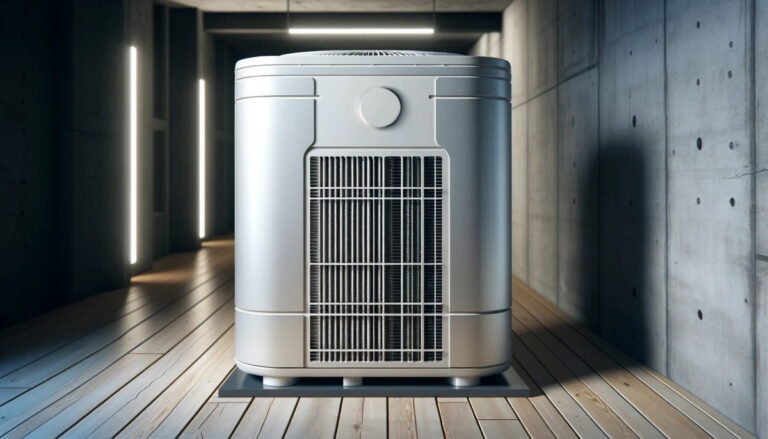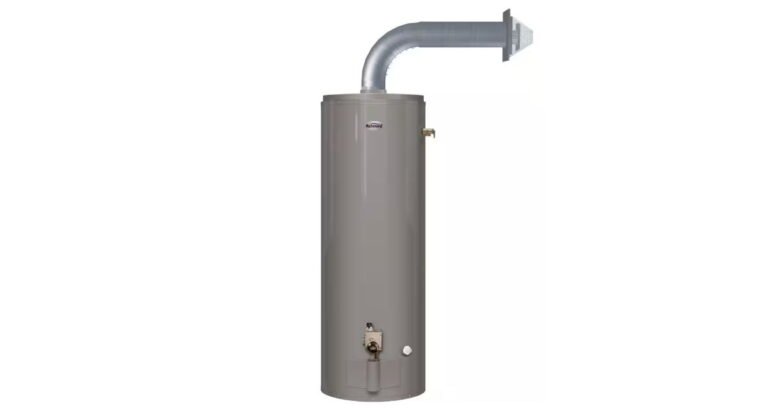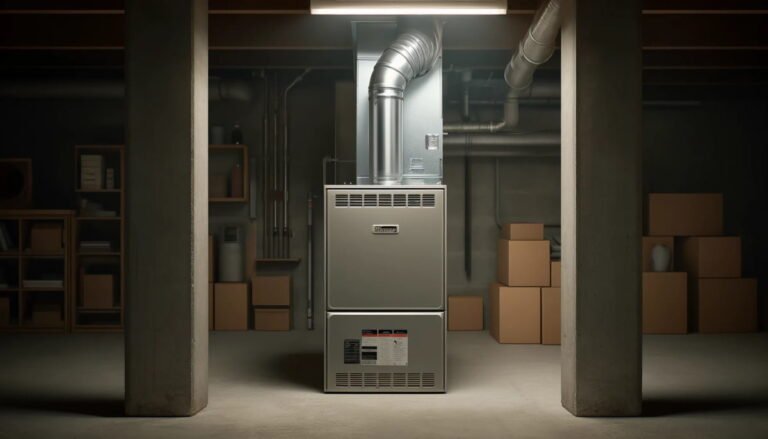Pros and Cons of Steam vs. Hot Water Radiators: Get More Now!
Discover how to choose between steam vs. hot water radiators to maximize comfort, ensure easy installation, provide reliable operation, meet heating requirements, and deliver a cost-effective solution.
With heating and cooling costs being the leading expenses for North American homeowners, understanding your HVAC system is crucial. This is especially true for historic homes or older apartments that rely on radiators to transfer heat to the surrounding air.

Radiators come in various sizes, styles, and heat outputs, making professional guidance beneficial when selecting the right type. Popular options include aluminum, cast iron, steel, steam, and hot water radiators. While all are designed to transfer heat energy and increase ambient air temperature, not all are suitable for every space and ambiance.
In this guide, we will focus on comparing steam vs. hot water radiators. We’ll explore their differences, common features, how they work, and the advantages and disadvantages of each to help you make the best decision for your home.
What are Steam Radiators?
Steam radiators might seem old-fashioned, but they have their benefits. They use steam, made when the boiler heats water above boiling. While they can lose more heat and be less efficient than hydronic systems, steam radiators are great at spreading heat through tall buildings without needing pumps.
Typically, these use a one-pipe system, delivering steam to the radiators and using the same pipe to return condensate to the boiler. Some systems use a two-pipe setup, with one pipe for steam delivery and another for returning liquid back to the heat source.
Years ago, steam heating was common in both residential and commercial buildings, primarily using bulky, heavy cast iron radiators. These are great heat conductors and can emit heat for hours even after the boiler is off.
Nowadays, they are rare, but hot water versions can still be found in remodeled Victorian homes and historic buildings where they have remained due to their vintage appeal.
Pros of Steam Radiators
- Efficient Heating: Cast iron steam radiators heat up rooms effectively and retain heat for a long time, making them excellent for maintaining a steady, comfortable temperature throughout the day and night.
- Excellent Conductivity: The superior heat conductivity allows them to distribute heat evenly and consistently across a room, providing a cozy and warm environment even in the coldest weather.
- Reliability: When installed and maintained properly, they are highly reliable and perform consistently well, often outlasting more modern heating systems in terms of durability and dependability.
- Longevity: Made from quality materials like cast iron, these radiators can last for decades without leaks or damage, proving to be a long-term investment for homeowners.
- Aesthetic Appeal: The vintage look of cast iron steam radiators adds a charming, historical touch to older homes, enhancing their overall aesthetic and period authenticity.
- Quiet Operation: They operate much more quietly compared to forced air systems, avoiding the disruptive noise of air blowing through ducts and fans.
- Room Control: You have the option to turn heating on or off in specific rooms, which helps to reduce heating costs and allows for personalized comfort levels in different areas of the home.
- Healthier Air: Unlike forced air systems that can blow dust and allergens around, steam radiators provide a cleaner form of heat, which is better for allergy sufferers and improves indoor air quality.
- Durability: They are extremely durable and can withstand the test of time, often requiring minimal repairs or replacements.
Cons of Steam Radiators
- High Cost: Steam radiators are expensive to buy and install due to their heavy and robust construction, and the need for specialized plumbing and installation services adds to the overall expense.
- Heavy and Bulky: The weight and size make them difficult to handle and install, often requiring professional assistance and extra support for flooring to accommodate their bulk.
- Zone Heating Challenges: It’s hard to achieve consistent heating across different zones leading to uneven temperatures where some rooms may become excessively hot while others remain cooler.
- No Air Conditioning: Homes with radiator systems often lack built-in air conditioning, making retrofitting for cooling purposes an additional, significant expense.
- Noise: Although quieter than forced air systems, steam radiators can produce an annoying hissing sound as steam escapes and condensate returns, which can be a minor but persistent nuisance.
- Floor Damage: The high temperatures generated by these units can damage or discolor flooring underneath, requiring careful consideration of placement and protective measures to preserve floor integrity.
- Safety Concerns: Operating under higher pressures and temperatures, they can pose safety risks if not properly maintained, including potential burns from hot surfaces and leaks.
- Slow to Warm Up: These units take time to warm up and respond slowly to changes in thermostat settings, making them less ideal for quickly adjusting indoor temperatures.
- Space Consumption: They take up more space compared to modern aluminum or steel panel radiators, which can be a limitation in smaller rooms or homes with limited space.
- Maintenance Needs: Regular maintenance is essential to keep steam radiators operating safely and efficiently, including checking for leaks, ensuring proper pressure levels, and servicing the boiler system.
Interested in Hot Water Radiators?
Hot water radiator systems, also known as hydronic systems, often use a circulation pump to move hot water from the energy source, such as boilers, to the heating units. These systems can use either a one-pipe or two-pipe setup. In two-pipe systems, each unit has two pipes attached at opposite ends, one for incoming hot water and the other for outgoing cooler water.
As the unit releases heat to the ambient air, the hot water cools down, sinks to the bottom, and then returns to the boiler for reheating and recirculation.
While old-fashioned hydronic units were typically made of cast iron, modern hot water systems often use aluminum and steel. These materials are lighter and can be installed on walls, saving space. Hot water systems are quieter than steam systems, require less maintenance, and are more energy-efficient.
Hydronic units frequently come equipped with thermostatic valves, which allow for precise control of room temperature by adjusting the flow of water. These valves connect the pipes to the heating unit and can self-regulate based on the room temperature.
Pros
- Long-Lasting Heat: Even after turning off the heat source, such as the furnace or boiler, these radiators can continue to emit heat for hours, providing consistent and cozy warmth.
- Quick Warm-Up: Due to their excellent conductivity, both aluminum and steel units warm up quickly and efficiently transfer heat to the surrounding air, making them effective at rapidly heating a room.
- Reduced Dust and Allergens: Like steam systems, hot water systems do not circulate air, which minimizes the spread of dust and allergens throughout the house, improving indoor air quality.
- Customizable Sizes: Hot water units made from aluminum and steel sections can be easily customized in size, allowing for a flexible fit in various spaces. Aluminum units often come with fins for enhanced heat transfer, improving efficiency.
- Energy Efficiency: Hydronic systems are known for their energy efficiency, as they use less energy to maintain comfortable indoor temperatures compared to other heating methods.
- Quiet Operation: These systems are quieter than steam systems, providing a peaceful environment without the noise associated with air-forced systems.
Cons
- High Installation Costs: The initial installation of hot water systems can be expensive, requiring significant upfront investment.
- No Built-In Air Conditioning: Since hydronic systems are designed solely for heating, adding an air conditioning system requires costly retrofits, which can be a major drawback for homeowners seeking a comprehensive HVAC solution.
- Rapid Cooling: Unlike cast iron steam units, aluminum and steel units cool off relatively quickly once the heat source is turned off, which may lead to fluctuations in room temperature.
- Durability Concerns: Aluminum and steel units, while efficient, are generally less durable than their cast iron counterparts. They may not last as long and could require more frequent replacements or repairs.
- Space Requirements: Although modern designs are more compact, some homeowners may still find that the units take up valuable wall space, which could be used for other purposes.
How Radiators Work
When comparing steam vs. hot water radiators, they both look and work similarly, using heat exchange and natural convection to warm a space. A heat source, powered by gas, oil, or electricity, heats the heat exchanger and then the water inside the boiler. The heated water or steam moves to the radiator, where it warms the surrounding air. Modern radiators, made from steel and aluminum, offer high heat conductivity and excellent performance.
The cool air is drawn in at the bottom of the unit, warmed as it passes over the heating surface, and then released at the top.
For the best performance, it’s important to install them under windows or near doors to ensure proper air movement. The cold air at the bottom and warm air above the unit create natural circulation without the need for fans.
Steam Radiators
Steam radiators use steam formed when a boiler heats water above the boiling point. The steam travels through pipes into the units, transferring heat to the surrounding air. As the steam cools, it turns back into water (condensate), which then flows back down the pipes into the boiler, restarting the cycle. Since the system doesn’t require pumps, controlling steam movement can be difficult, sometimes leading to uneven heat distribution.
Hot Water Radiators
Hot water radiators work similarly to steam radiators, but instead of steam, the boiler heats water that circulates through the system. Pumps move the heated water through the pipes and units. As the water transfers heat to the surrounding air, it cools and returns to the boiler for reheating. Hot water systems are generally safer because they operate at lower pressures and temperatures compared to steam systems.
Tip: Before buying a new radiator, see how much heat output in BTU you need.
Do I Have Steam or Hot Water Radiators?
If you’ve just bought an old house or an apartment in a historic building with a radiator system for heating, you might wonder whether you have steam or hot water radiators.
Sometimes, it can be challenging to distinguish between the two types just by looking at them or by noting the number of pipes they use since both steam and hot water radiators can operate with one or two-pipe systems.
In general, cast iron and column radiators are used for both hot water and steam heating, while aluminum and steel panels, including the baseboard type, typically operate with hot water. Additionally, one-pipe systems are often found in steam heating setups.
Another way to tell the difference is by listening to the sounds the system makes. A hissing sound indicates you have a steam radiator, while a water dripping or trickling sound suggests a hot water radiator system.
Hot water systems operate in a closed system and always include an expansion tank, whereas steam systems do not.
Also, check for a small bleed valve on the top of the radiator, which is used to remove trapped air; this indicates a hot water system. In contrast, a steam heating system will have an air vent on the side of the unit.
Choosing a Radiator Style
There are several types of radiators you can select. Here are the popular ones:
Panel Radiators
Panel radiators use corrugated panels for combined convection and radiant heating, offering excellent heat output, efficiency, and comfort. These flat units provide a high surface area for effective heating while taking up less space than other types. Their thin and lightweight design allows for flexible wall mounting in horizontal or vertical orientations.
They are suitable for most homes with central heating using hot water.
Column Radiators
Column radiators, known for their traditional design, are often found in Victorian-style homes and older buildings. They consist of two hollow horizontal steel tubes connected by hollow steel columns welded at both ends.
Typically made three or four columns deep, these units have a larger surface area, allowing air to pass through and receive heat more effectively. They are characteristic of older dwellings using steam as the heating medium but are also used in modern environments with hot water systems.
Cast Iron Radiators
Cast iron radiators resemble column radiators and can use either steam or hot water as a heating medium. Due to their solid construction, heavyweight, and large size, they are usually installed directly on the floor.
Their main advantages include long life, better resistance to rust and damage, and the ability to retain and emit heat longer. Vintage cast iron radiators are not only beautiful additions to any home, but they also conduct heat exceptionally well, providing cozy and comfortable warmth. They can even be used to dry wet clothes quickly.
Baseboard Heaters
Baseboard heaters are ideal for rooms with insufficient vertical space for other radiator types. They typically use a coil of copper pipes that carry hot water, with aluminum fins attached to improve heat transfer. These units are perfect for spaces where taller radiators cannot be installed due to height restrictions.
Steam vs. Hot Water Radiators: Making the Right Choice
Selecting a radiator style involves considering factors such as the space available for installation, the heating medium you plan to use (steam or hot water), and the aesthetic you desire for your home. When comparing steam vs. hot water radiators, it’s important to note the differences in efficiency, heat distribution, and installation requirements.
Each type of radiator offers unique benefits, from the compact and efficient panel radiators to the traditional and durable cast iron units. By understanding the characteristics and advantages of each style, you can make an informed decision that meets your heating needs and complements your home’s design.
More Articles About Home Heating
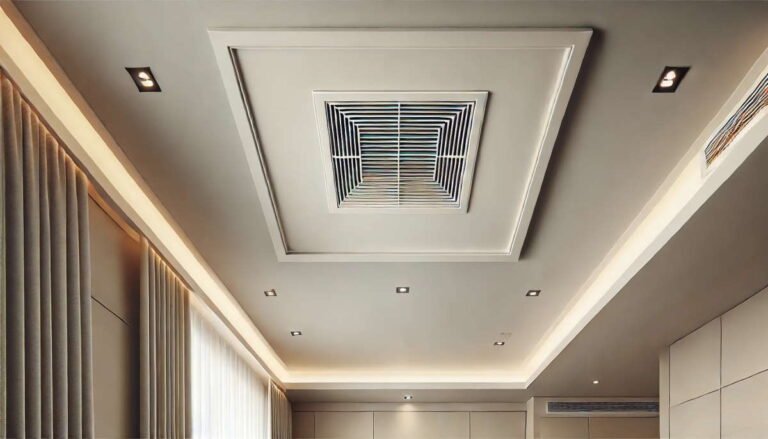
Tips and Tricks on How To Remove Bad Smell From The Air Ducts
The bad smell from the air ducts of your HVAC system is a common problem for many homeowners. Ductwork is the…
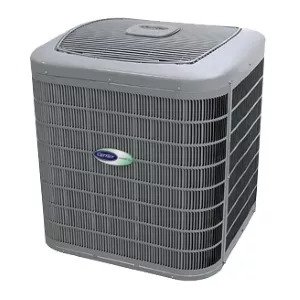
Heat Pump Not Cooling? Here’s What You Need to Know
Heat pumps are essential not only in the winter for heating our homes but also in the summer to cool…

Compare Ductless Mini-Split Heat Pumps vs. Window Heat Pumps: Which Is Right for You?
In this article, we are going to look at ductless mini-split heat pumps vs. window heat pumps, examine how each…


